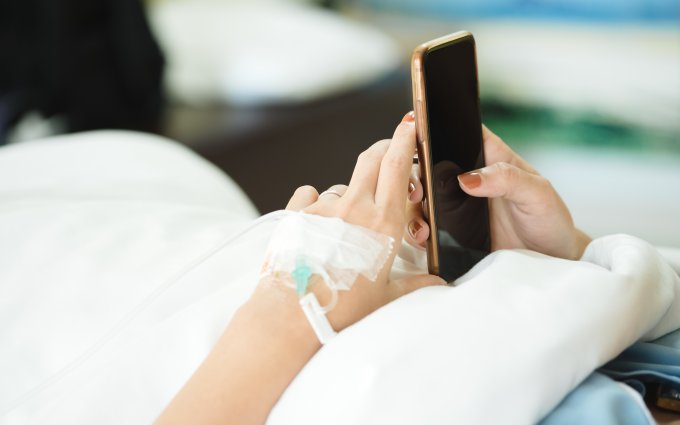11/18/2014

The American Congress of Rehabilitation Medicine (ACRM) hosted their 91st Annual Conference in Toronto, Canada, in October and Paradigm Outcomes was there. Chief Medical Officer Michael Choo, MD, and Associate Vice President of Clinical Operations Leslie Small, MS, MEd, joined hundreds of others at what is the world’s largest conference for interdisciplinary rehabilitation research. In case you weren’t able to attend, here’s a look into what they found most exciting and most likely to impact catastrophic claims management.
This year’s ACRM Annual Conference was more comprehensive than ever. Sessions covered current research and clinical practice in brain injury, spinal cord injury, stroke, neurodegenerative diseases, pain, cancer and pediatrics. Highlighted below are key lessons from the four sessions Dr. Choo and Leslie valued most.
Evidence, Expertise, Applicability: Key Lessons in the Development and Implementation of Clinical Practice Guidelines
This instructional session focused on the fact that today’s clinical knowledge will be at best outdated and likely obsolete within five years. As a result, speakers emphasized the need for practitioners to focus on understanding and synthesizing the literature, and incorporating this research into best practices. We must routinely evaluate the efficacy of clinical practice guidelines to insure they remain relevant.
Speakers also reviewed multiple scoring tools, including the ERABI (Evidence based review of moderate to severe ABI), PEDRO, and AGREE II. The AGREE II instrument (Appraisal of Guidelines for Research and Evaluation II), for instance, has been cited as a credible source for evaluating the quality of guidelines and reviewing background information. It also provides a strategy for developing and reporting information in guidelines.
International Standards for Neurological Classification of SCI
The ASIA Impairment Scale is the standard for testing manual muscle (motor), sensory and anorectal (real) skills of individuals who have sustained a spinal cord injury. Presenters reviewed the changes to the new documentation worksheet now available for download from the ASIA website. An exam using the ASIA worksheet performed at 72 Hours post-injury has been shown to be a more accurate predictor of neurologic impairment than an exam completed 24 hours post-injury.
Presenters also highlighted the International Spinal Cord Society’s (ISCOS) InSTeP (International Standards Training E Program) e-training program. The six-module course is designed to train clinicians to perform accurate and consistent neurological examinations of individuals with spinal cord injury. The modules include: basic anatomy, sensory examination, motor examination, anorectal examination, scoring and classification, and optional testing. ISCOS hopes the program will improve the consistency and accuracy of assessments and results reporting.
Interventions Affecting Outcomes Following TBI Rehabilitation
This session presented data from the NIH and NIDRR funded Traumatic Brain Injury Practice-Based Evidence study of 2,130 patients who received acute, inpatient rehabilitation at 9 U.S. and 1 Canadian facility. Panelists described the outcomes at discharge and nine-months later and connected them with the interventions provided during rehabilitation.
This longitudinal study provides important information regarding the amount and type of interventions that are incorporated into the daily therapy sessions for individuals who have sustained traumatic brain injuries. The authors incorporated structured point of care documentation which was completed for every therapy session. The Comprehensive Severity Index developed by Susan and Roger Horn has proven to be a significant predictor of outcomes for individuals who have sustained traumatic brain Injuries.
Advances in Technology for Independent Living: Pushing, Pulling, Nudging and Tipping Evidence Into Practice
This plenary session discussed the convergence of rehabilitation, engineering technology and innovation. The three scientists from Toronto Rehabilitation Institute cited their hands on experience and focused the discussion on “big problem” solutions.
Audience members learned about the innovative rehabilitation devices being developed outside of the traditional therapy and rehabilitation settings. This approach allows injured people to continue functional rehabilitation and restoration in their homes. By linking technological advances to clinical problems, product development, and transferability for independent living, the presenters offered an exciting vision of collaboration. Connecting problem identification, research and technology can lead to significant developments for independent living.
You can learn more about all sessions at the 2014 ACRM Annual Conference in the event program. Paradigm Outcomes continually reviews and incorporates the strategies being developed through interdisciplinary rehabilitation research into our management of catastrophically injured persons. Watch a webinar or request access to a position paper for more information.